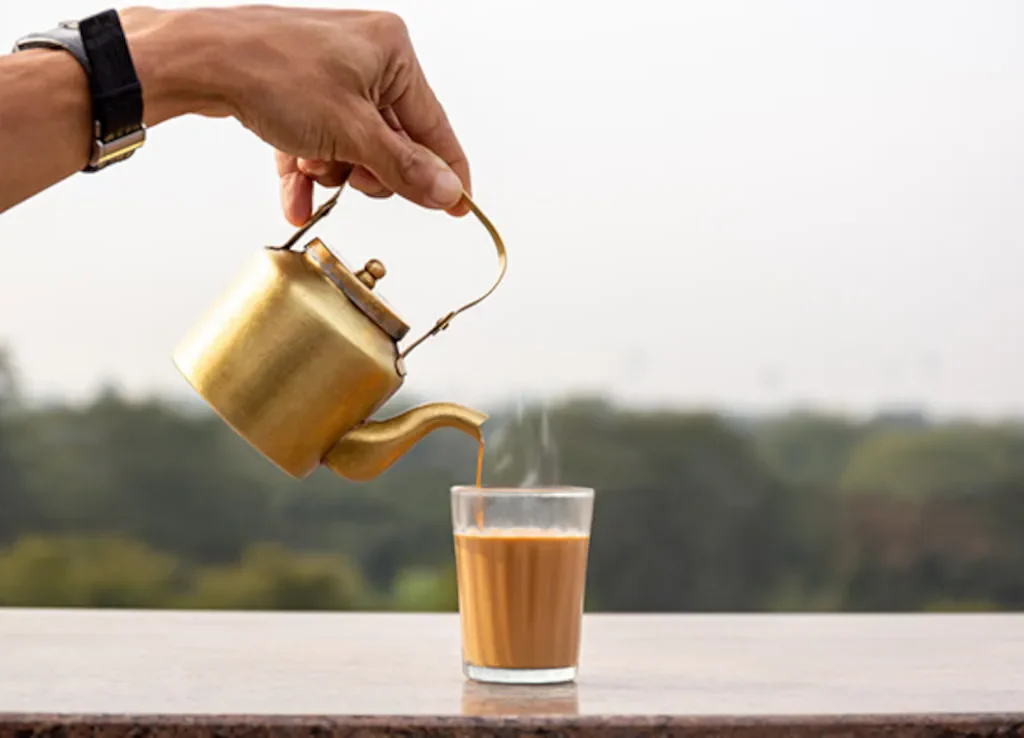Tea is more than just a beverage — it’s a global phenomenon that touches every culture, economy, and palate. Revered for its calming aroma, health benefits, and social value, tea ranks as the second most consumed drink in the world after water. With a history that spans thousands of years, the humble tea leaf has become the backbone of billion-dollar industries. But when it comes to large-scale cultivation and global supply, one country consistently outpaces the rest: China.
This article explores in detail why China is the largest tea producer in the world, highlighting the volume of production, regional specialties, historical significance, economic impact, and how it compares to other major tea-producing nations.
The Global Landscape of Tea Production

Tea is primarily cultivated in tropical and subtropical climates, especially in high-altitude regions with heavy rainfall and well-drained soil. The four major types of tea — green, black, oolong, and white — all originate from the Camellia sinensis plant but are processed differently.
The leading tea-producing countries globally include:
- China
- India
- Kenya
- Sri Lanka
- Vietnam
- Indonesia
- Turkey
According to the Food and Agriculture Organization (FAO) and the International Tea Committee (ITC), the global tea production exceeds 6 million metric tons annually, with China contributing over 40% of this volume.
China: The Largest Tea Producer in the World

1. Production Volume
As of recent data (2023-2024), China produces over 2.8 million metric tons of tea annually, making it the largest tea producer by a significant margin. It cultivates every major type of tea: green, black, oolong, white, pu-erh, and yellow tea.
2. Historical Roots
China is the birthplace of tea, with legends tracing its discovery back to Emperor Shen Nong in 2737 BCE. The nation has cultivated tea for millennia, embedding it deeply in Chinese philosophy, medicine, and culture.
Tea ceremonies, ancient texts like “The Classic of Tea” by Lu Yu (8th century), and dynastic trade routes (like the Tea Horse Road and the Silk Road) all played roles in making tea a national treasure and international commodity.
Major Tea-Producing Regions in China

China’s vast geographic and climatic diversity supports a wide array of tea types, each with distinct flavor profiles:
- Yunnan Province – Known for Pu-erh tea, a fermented variety aged like wine.
- Fujian Province – Birthplace of white tea and oolong (e.g., Tieguanyin).
- Zhejiang Province – Famous for Longjing (Dragon Well) green tea.
- Anhui Province – Home to Huangshan Maofeng and Keemun black tea.
- Sichuan and Guizhou – Emerging players producing highland green teas.
These regions use both traditional and modern farming techniques, often combining hand-plucked leaves with mechanical processing to ensure consistency and quality.
Why China Leads in Tea Production

1. Diverse Tea Varieties
No other country offers such a wide range of tea types and flavors. China’s ability to produce all major types of tea — and continuously innovate with blends and aging processes — gives it an unmatched advantage.
2. Climate and Geography
China’s varied topography and climate zones provide ideal growing conditions for different tea types. From misty mountains to subtropical plains, the environment nurtures superior flavor development.
3. Government and Institutional Support
The Chinese government actively supports the tea industry through:
- Agricultural research centers
- Export incentives
- Sustainable farming initiatives
- Protected Geographical Indication (PGI) labeling
4. Massive Domestic Consumption
China has a massive internal demand for tea. It is both the largest producer and consumer of tea. This dual advantage allows China to sustain its industry even during export downturns.
5. Export Powerhouse
China exports more than 350,000 metric tons of tea annually, valued at over $2 billion USD, to markets such as:
- United States
- Japan
- Germany
- United Kingdom
- Russia
- Middle East
China’s Specialty: Green Tea

Over 80% of China’s tea production is green tea, making it the world’s largest green tea producer. Chinese green teas like Longjing, Biluochun, and Mengding Ganlu are globally prized for their delicate flavors and health benefits.
While green tea dominates, black teas like Keemun and fermented varieties like Pu-erh have established a niche in premium global markets.
Tea and the Chinese Economy
Tea is a major agricultural product in China, supporting millions of smallholder farmers and contributing significantly to rural development.
- Employment: Over 80 million Chinese are involved directly or indirectly in the tea industry.
- Tourism: Famous tea-growing regions attract millions of tourists annually.
- Innovation: New technologies, organic farming, and e-commerce platforms (like Alibaba and JD.com) have transformed China’s tea trade.
Comparison with Other Major Producers
While China dominates global production, other countries play crucial roles:
India
- Produces around 1.3–1.4 million metric tons annually
- Famous for Assam, Darjeeling, and Nilgiri teas
- India leads in black tea exports
Kenya
- Produces over 450,000 metric tons annually
- Specializes in CTC (Crush, Tear, Curl) black tea for tea bags
- Top exporter to the UK, Egypt, and Pakistan
Sri Lanka
- Formerly known as Ceylon
- Produces about 300,000 metric tons
- Known for Ceylon black tea, aromatic and bold
Vietnam and Indonesia
- Produce mid-tier green and black teas
- Growing exporters to Middle Eastern and Eastern European markets
| Country | Production (Metric Tons) | Main Type |
|---|---|---|
| China | 2.8 million+ | Green, Oolong, Pu-erh |
| India | 1.4 million | Black |
| Kenya | 450,000+ | Black (CTC) |
| Sri Lanka | 300,000 | Black (Ceylon) |
| Vietnam | 250,000 | Green, Black |
Sustainability and Challenges
Despite its success, China’s tea industry faces several challenges:
- Climate Change: Unpredictable rainfall and rising temperatures threaten yield.
- Aging Farmers: Youth migration to cities affects rural labor supply.
- Pesticide Use: Export markets increasingly demand residue-free teas.
- Price Volatility: Global oversupply sometimes causes market dips.
To combat this, China is investing in:
- Organic farming
- Agroforestry
- Tea research institutes
- Digital traceability and blockchain for quality assurance
Future Outlook
China’s tea industry is poised to grow even more robust through:
- Expansion of specialty and organic teas
- Rising global health trends favoring green tea and herbal blends
- Increased use of AI, IoT, and big data in agriculture
- Promotion of Chinese tea culture globally via “tea diplomacy” and cultural exchange programs
Conclusion
To answer the thesis question — Which country is the largest tea producer in the world? — the answer is undoubtedly China. With over 2.8 million metric tons produced annually, centuries of expertise, an unmatched variety of teas, and strong global demand, China continues to be the undisputed leader in tea production.
As the world shifts toward wellness and natural products, China’s legacy and innovation in the tea sector make it a central figure in the global tea narrative — one that is steeped in history, flavored by culture, and powered by modern agriculture.





